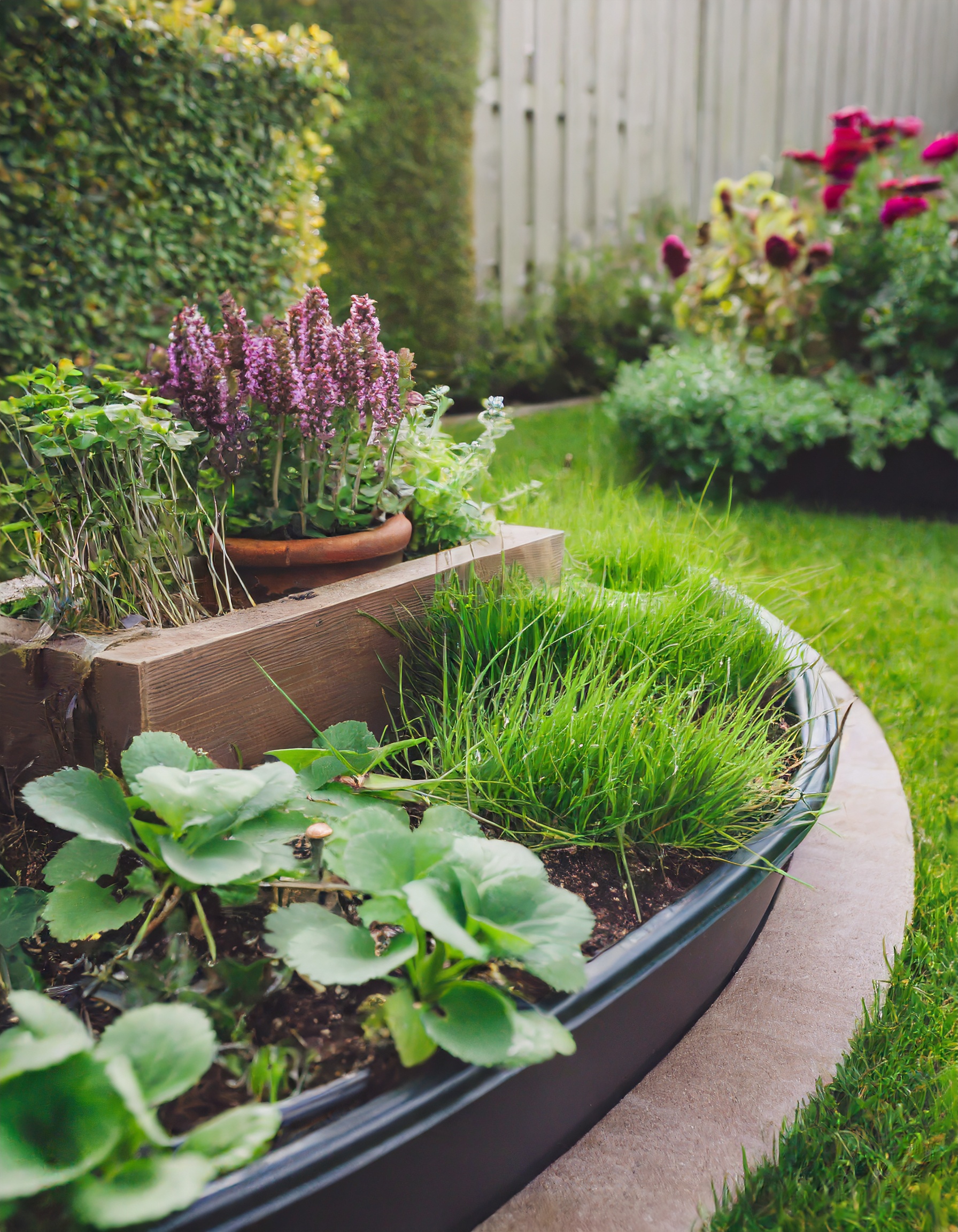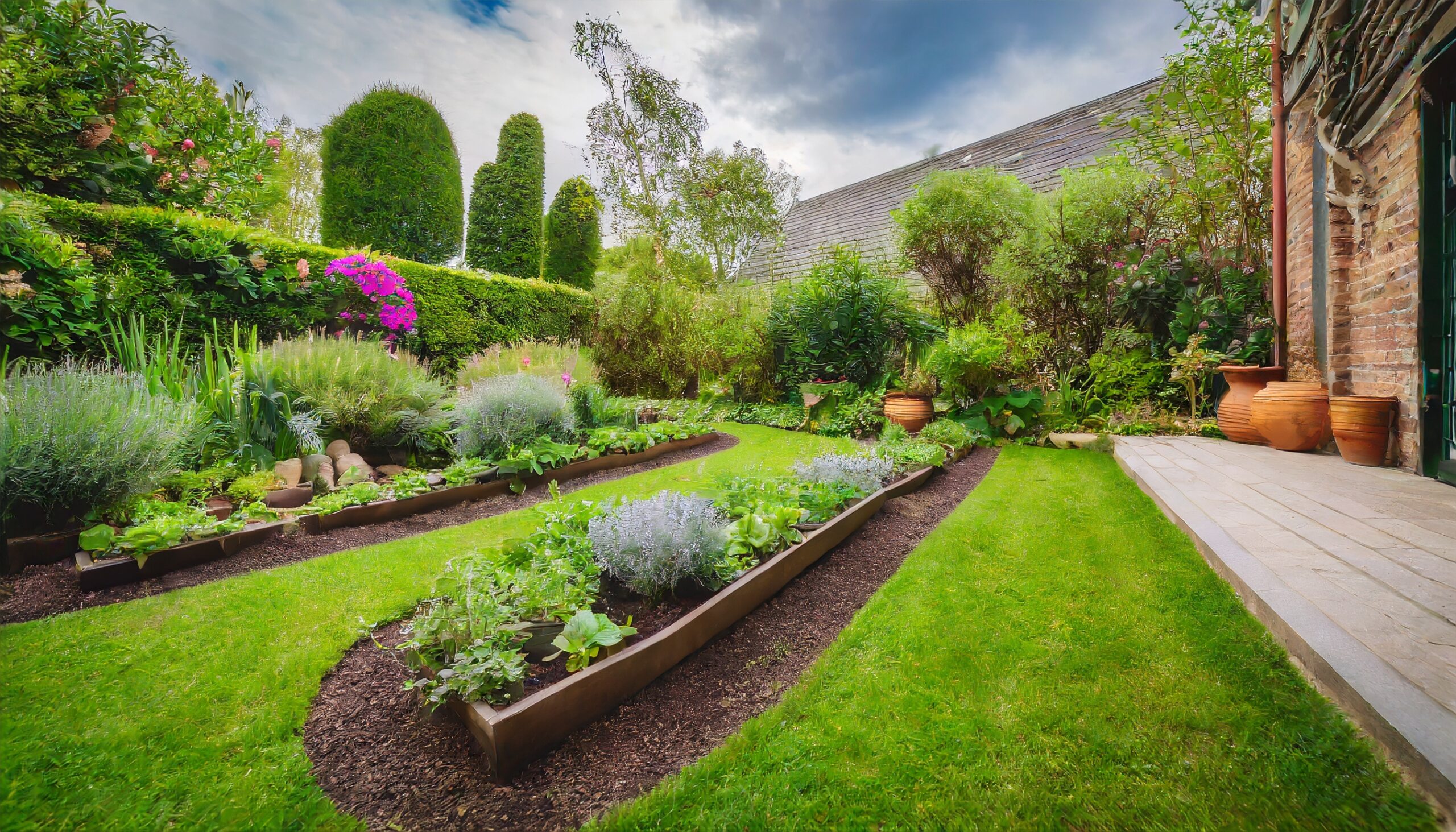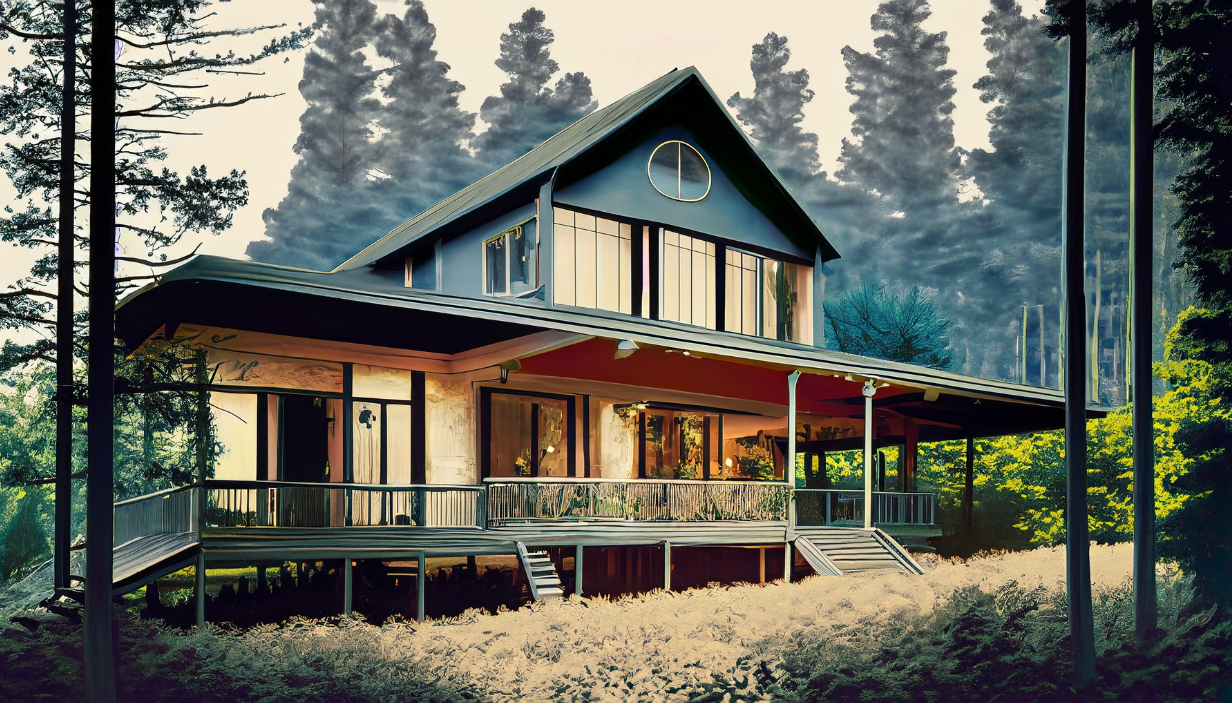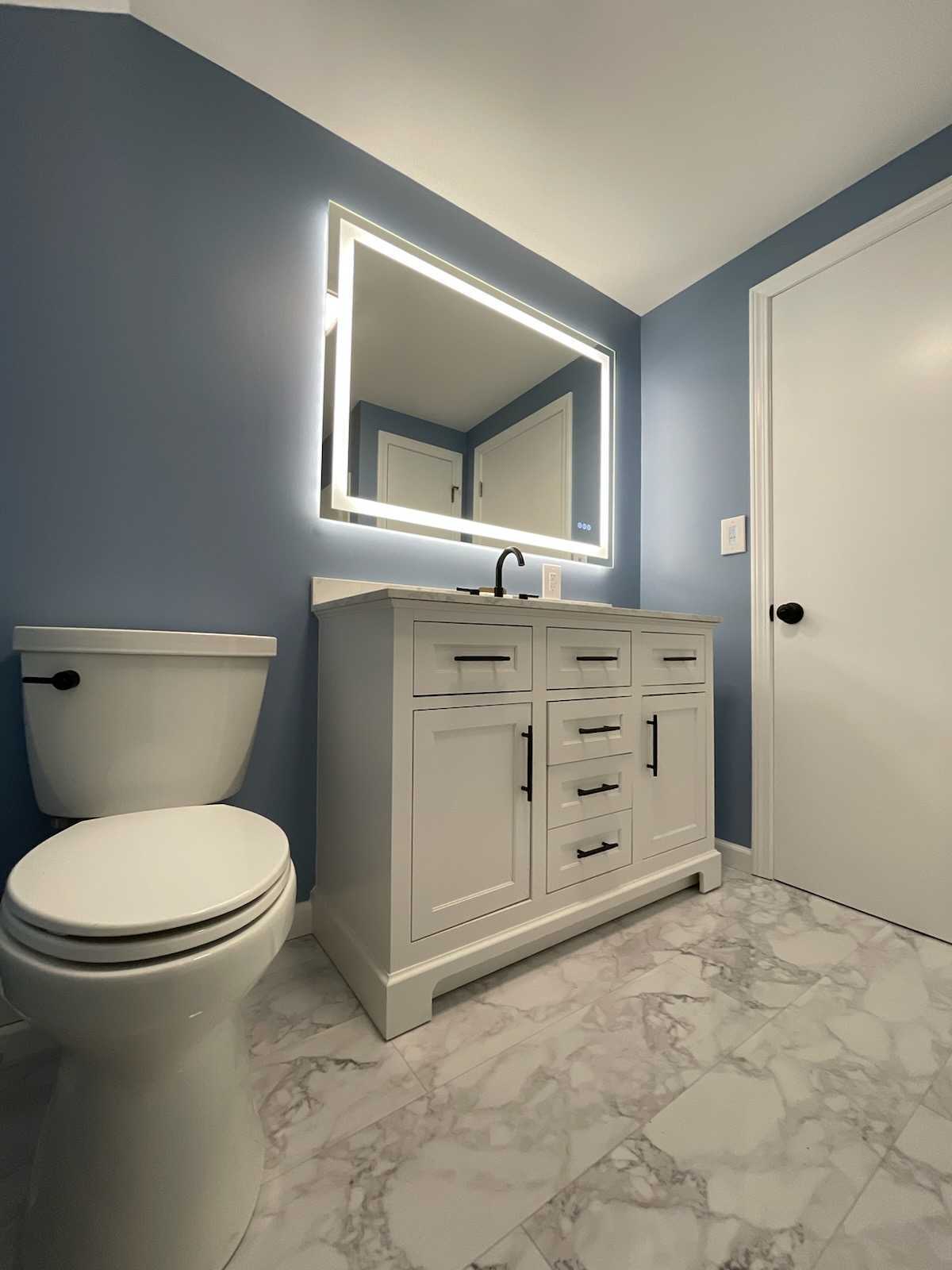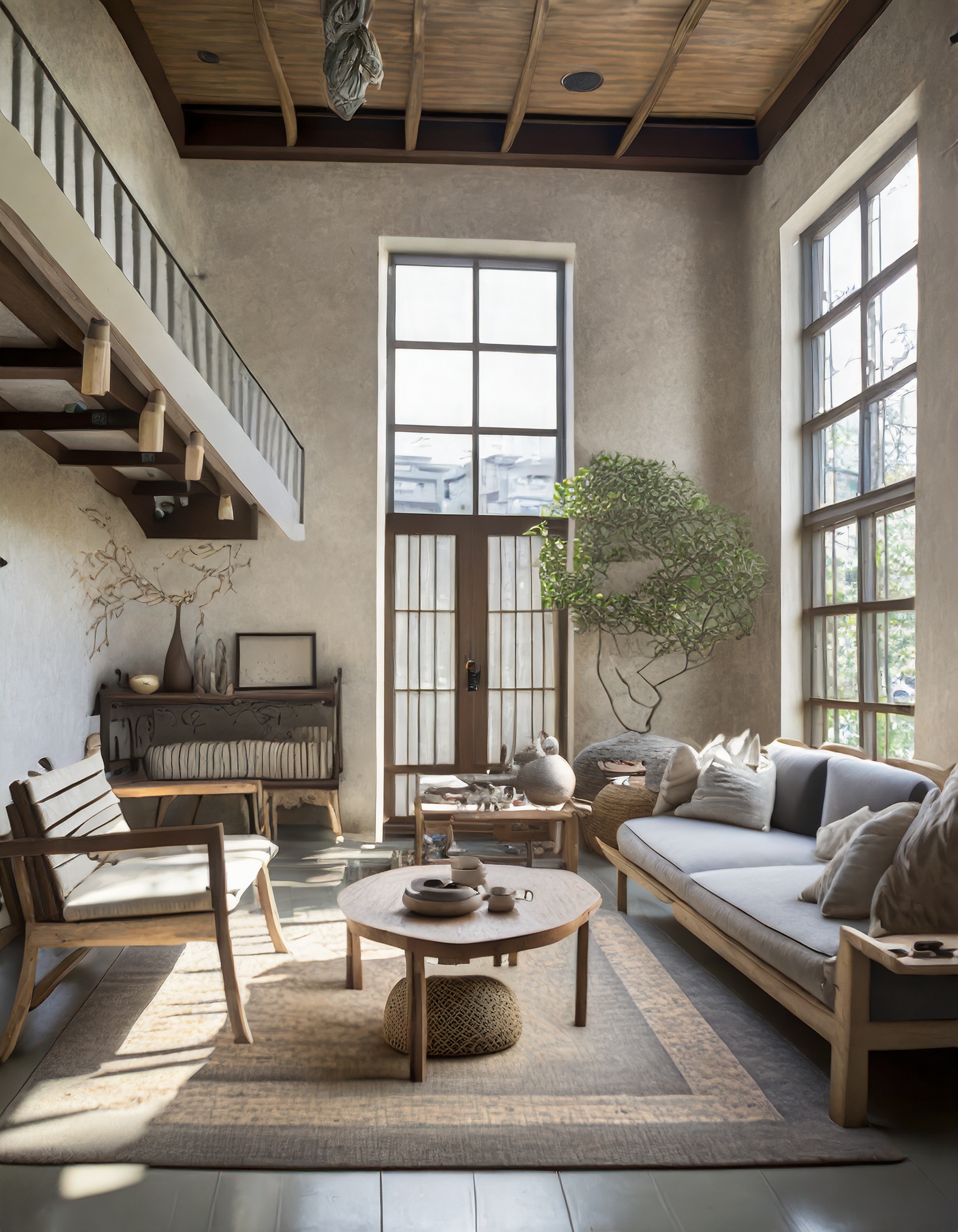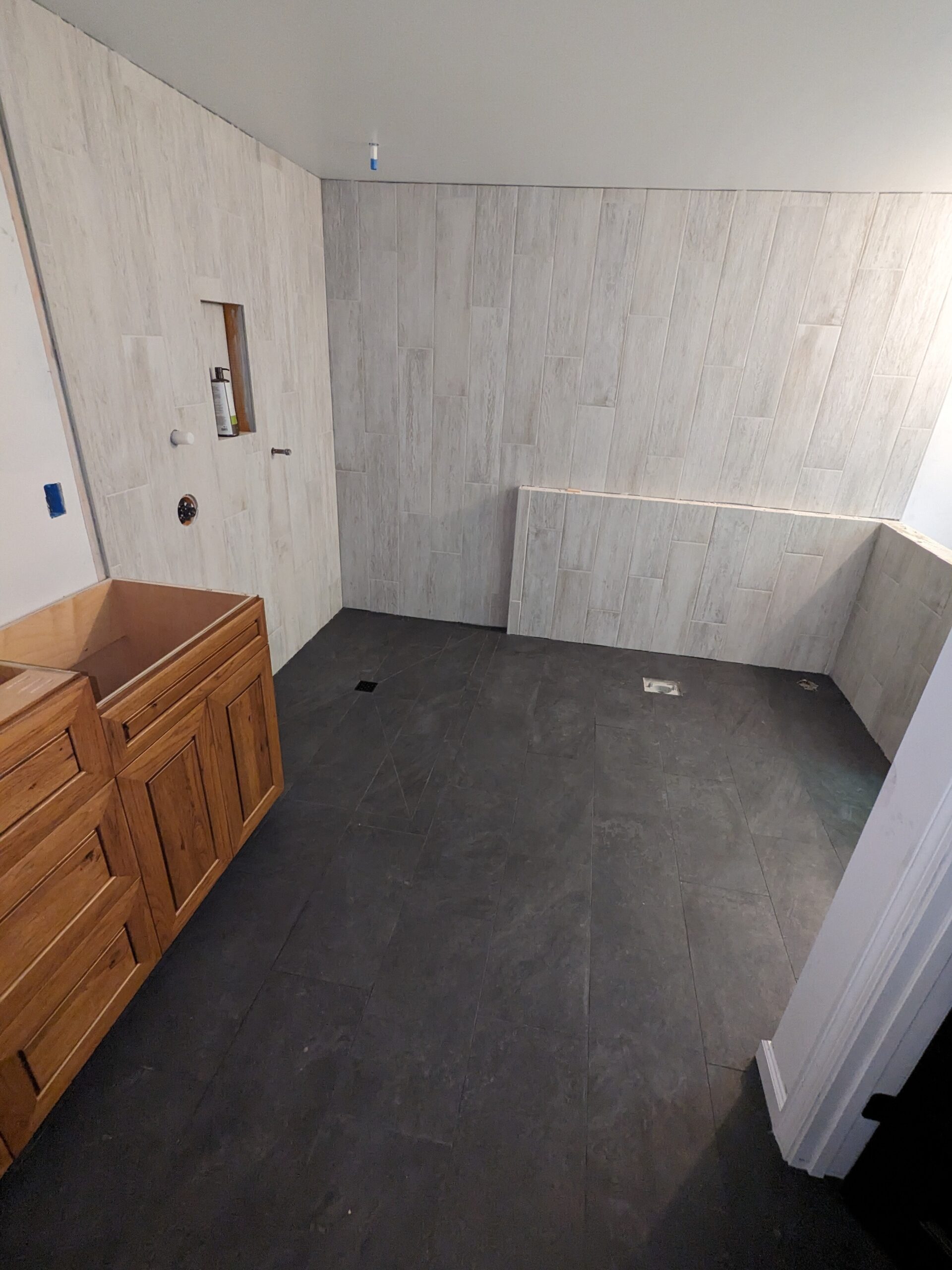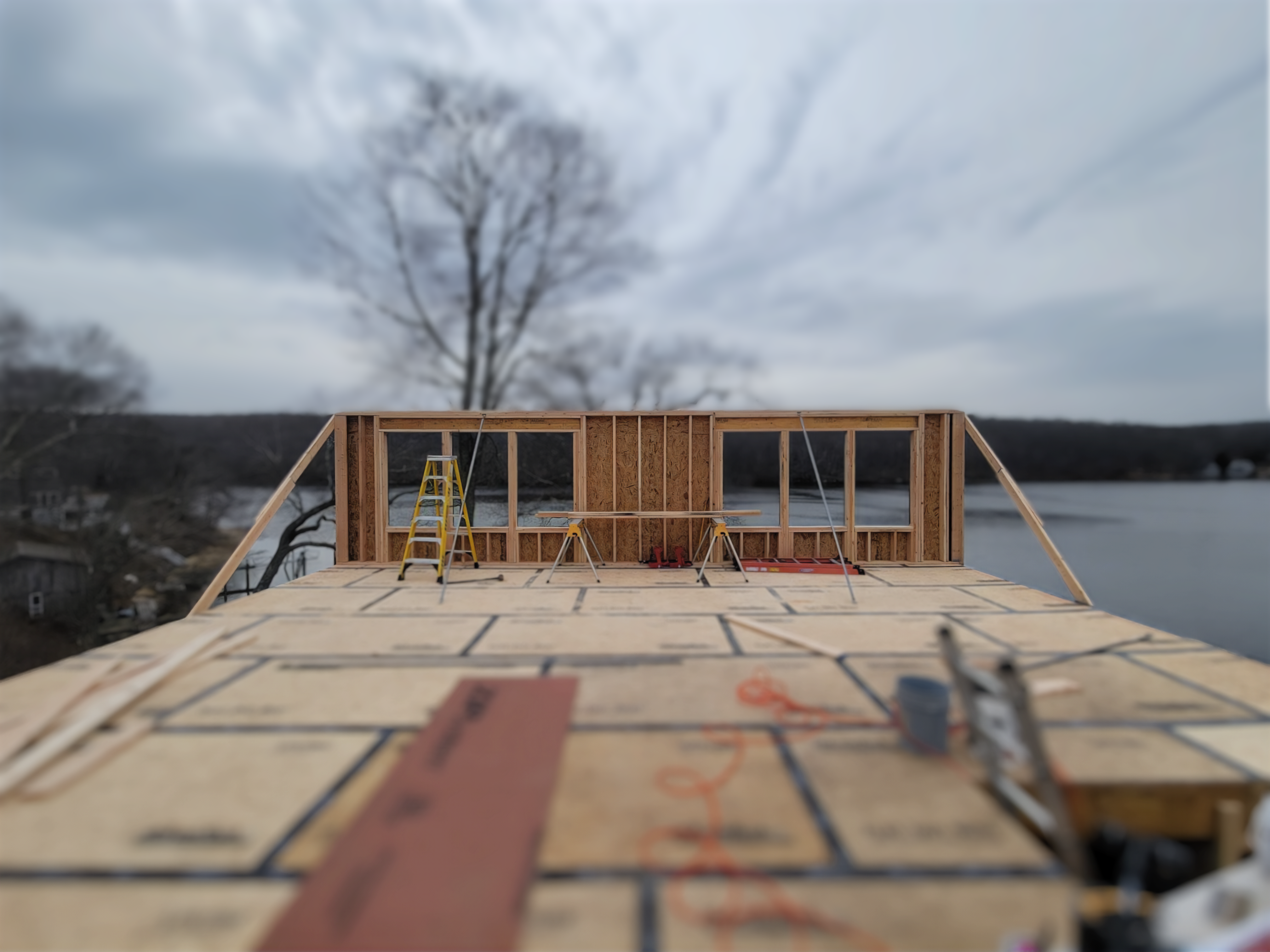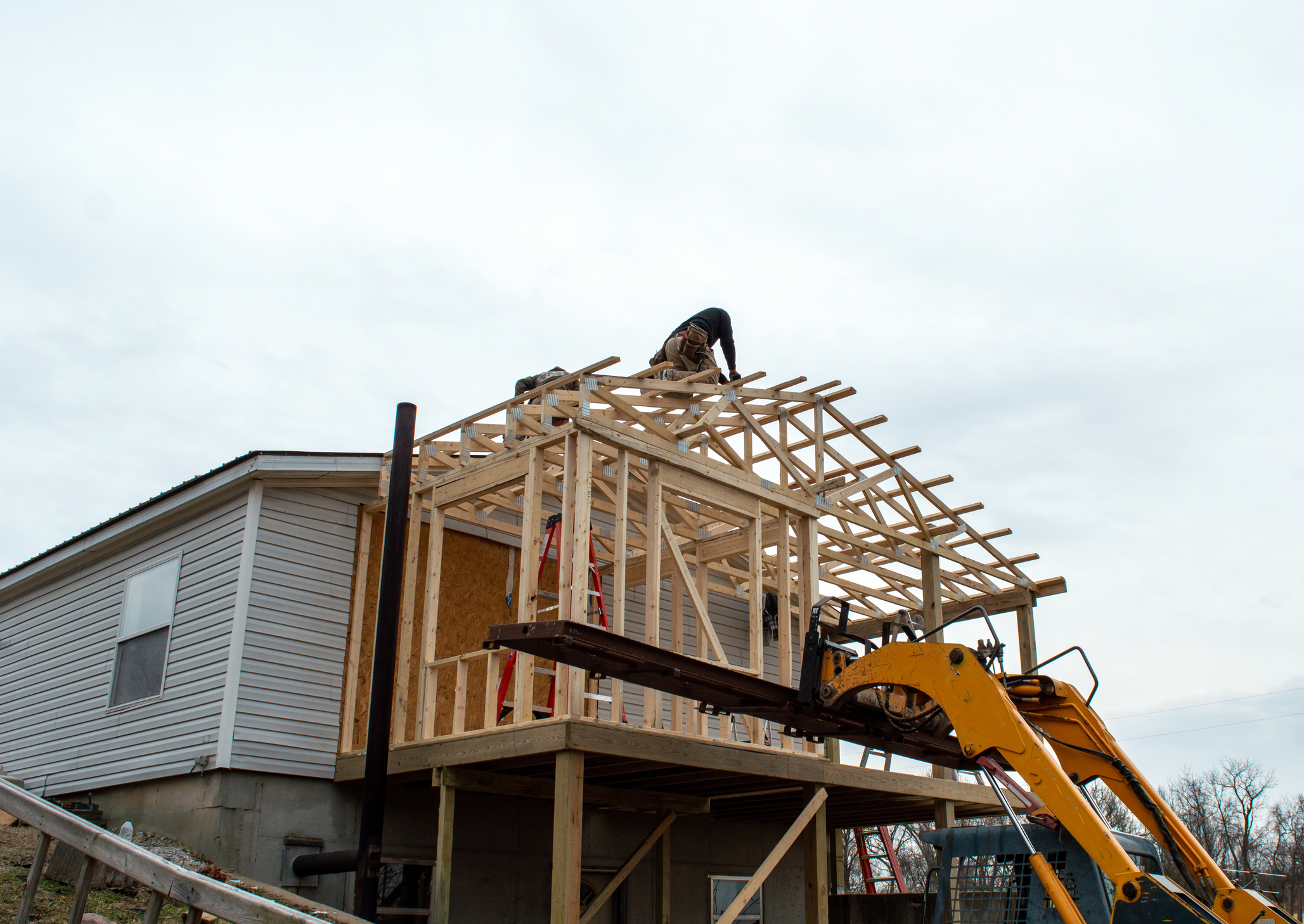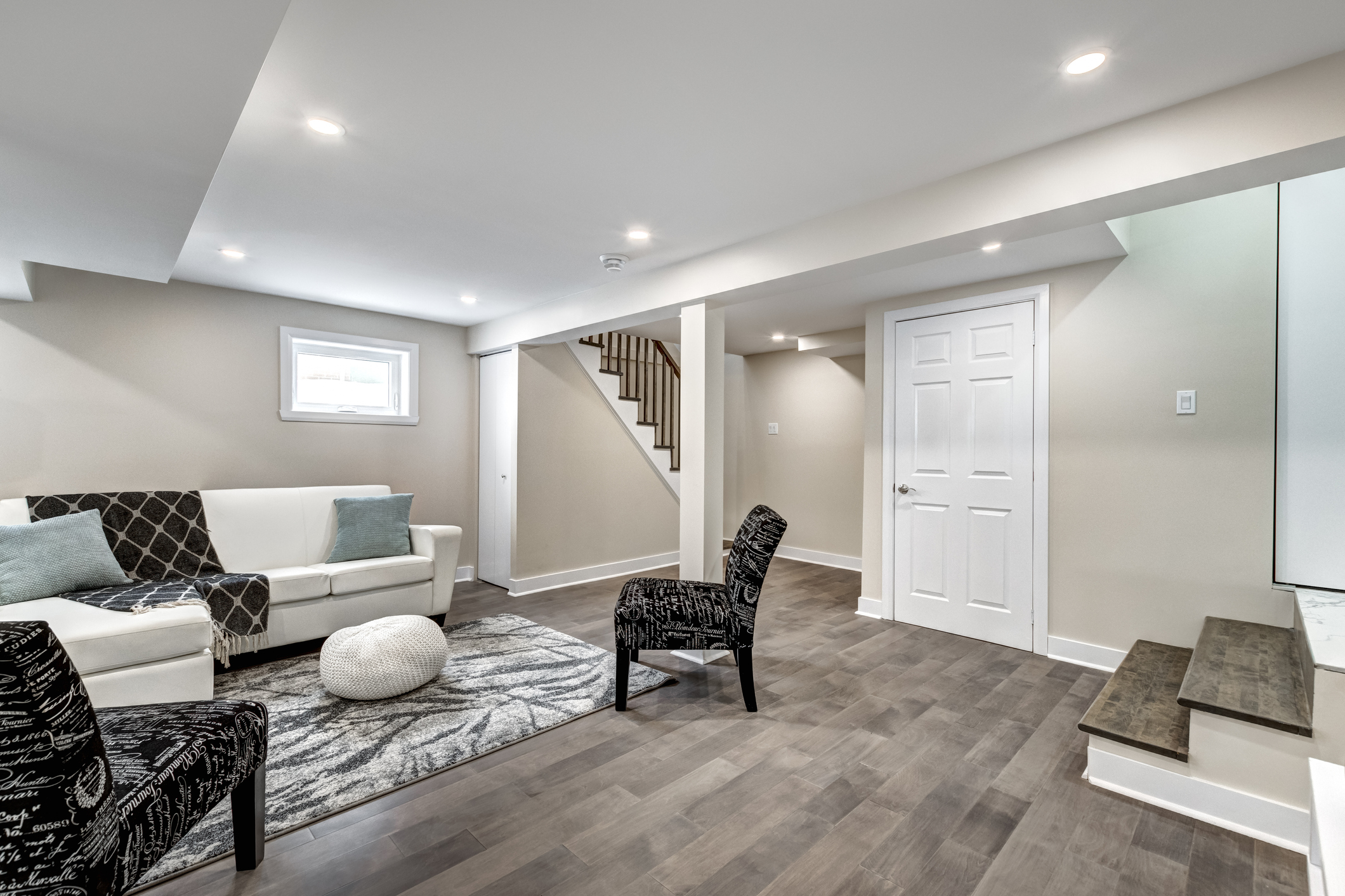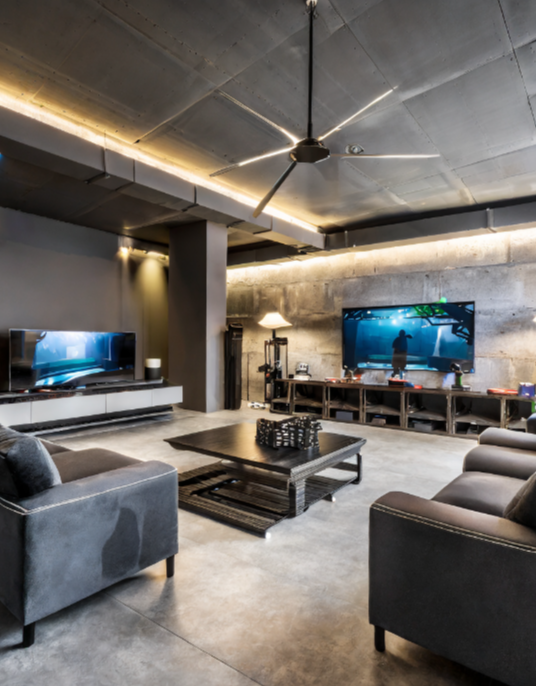Spring heralds a time of renewal and rejuvenation, making it an ideal season to embark on a range of home remodeling projects. With the advent of warmer weather and the promise of longer days, homeowners have the perfect opportunity to transform their living spaces. This article delves into 14 essential springtime remodeling projects that promise not only to enhance the beauty and functionality of your home but also to invigorate your living environment.
Expanding Outdoor Living
The arrival of spring encourages us to spend more time outdoors. Enhancing your deck or patio or adding one can dramatically change how you enjoy your outdoor space. Consider integrating features such as built-in seating, fire pits, or even a fully equipped outdoor kitchen to host memorable gatherings under the spring sky.
In New England, the trend of blurring the lines between indoor and outdoor living spaces continues to gain momentum, particularly with the region’s picturesque landscapes and distinct seasons. Homeowners are increasingly seeking to bring elements of nature inside, creating seamless transitions between their interior spaces and the great outdoors. This concept extends beyond mere aesthetic appeal, aiming to enhance the overall wellbeing and tranquility of the living environment. Incorporating large glass doors and windows, covered patios, and transitional spaces like sunrooms, allows natural light to flood interiors, offering unobstructed views of the surrounding nature. The use of natural materials such as wood and stone both inside and out further unifies the home with its natural setting, creating a cohesive living experience that celebrates the beauty of New England’s outdoors throughout the year.
Some Great Outdoor Projects:
Exterior Home Makeovers
The exterior of your home deserves attention after the harsh winter months. A fresh coat of paint on your siding, a new roof, or updated windows and doors can significantly impact your home’s aesthetic appeal and functional integrity. These upgrades can refresh your home’s facade and protect it against the elements.
A well-maintained exterior not only protects the structural integrity of the property but also plays a crucial role in its market appeal and potential sale price. Cosmetic uplifts, such as a fresh coat of paint, updated siding, or aesthetically pleasing landscaping, can dramatically transform the appearance of a home, making it more attractive to potential buyers and increasing its curb appeal. These enhancements contribute to creating a strong first impression, which is vital in the real estate market, as it can influence a buyer’s decision-making process and willingness to pay a premium. Regular maintenance and strategic cosmetic improvements ensure that a home remains appealing and competitive in the market, safeguarding the homeowner’s investment and potentially yielding a higher return when the time comes to sell.
Best Ways to Improve Your Home Exterior:
- Siding Refresh with New Paint: Apply a fresh coat of paint to your home’s siding to revitalize its appearance and provide additional protection from the weather, enhancing curb appeal and longevity.
- Roof Replacement or Repairs: Inspect and replace or repair your roof to address any damage from winter, ensuring your home is protected from spring rains and improving its overall aesthetic.
- Window and Door Upgrades: Install new energy-efficient windows and doors to improve insulation, reduce energy costs, and update the look of your home’s exterior.
- Gutter Cleaning and Maintenance: Clean out and repair gutters to ensure proper drainage during spring showers, preventing water damage and maintaining your home’s exterior.
- Landscaping and Garden Revival: Refresh your home’s landscaping with new plantings, mulch, and perhaps a new tree to enhance its natural beauty and curb appeal as the weather warms up.
Refreshing Interior Spaces
The interior of your home can greatly benefit from a spring renewal. Consider embarking on painting projects to brighten up your rooms with fresh, vibrant colors that reflect the season’s energy. Updating your flooring can also dramatically change the feel of your space, with options ranging from luxurious hardwoods to modern, eco-friendly alternatives that are both stylish and practical. These changes can breathe new life into your home, making it feel more welcoming and rejuvenated.
Beyond the broader strokes of interior refreshment, kitchen and bathroom remodels stand out as particularly impactful projects. These spaces, integral to daily life and comfort, offer tremendous potential for enhancing both the functionality and aesthetic of your home. A remodel can transform these essential areas into modern, efficient, and inviting spaces that not only cater to practical needs but also reflect personal style and sophistication. Upgrading cabinets, countertops, and fixtures, or reconfiguring layouts to improve flow and usability, can significantly increase your home’s appeal and value. Whether aiming for a sleek, contemporary vibe or a cozy, traditional atmosphere, revitalizing your kitchen and bathroom can create a profound effect on your home’s overall ambiance and livability.
Most Transformative Interior Remodeling Projects:
- Kitchen Remodel: Upgrade your kitchen with new countertops, cabinetry, and energy-efficient appliances to improve functionality and aesthetics, making it the heart of the home for family gatherings.
- Bathroom Remodel: Transform your bathroom with modern fixtures, water-efficient toilets, and a fresh tile design to create a spa-like retreat that enhances comfort and value.
- Fresh Paint: Apply vibrant and fresh coats of paint to walls, ceilings, and trims to rejuvenate the interior atmosphere, reflecting the lively spirit of spring.
- Flooring Update: Replace old flooring with hardwood, laminate, or eco-friendly materials like bamboo or cork for a durable, stylish foundation that revitalizes any room.
- Lighting Enhancements: Install new lighting fixtures or add smart, energy-efficient LED lighting to brighten up spaces, improve ambiance, and reduce energy costs.
Kitchen Renovations
The kitchen is often considered the heart of the home, and spring is a great time to give this central space a comprehensive overhaul. Think beyond mere cosmetic updates; consider reconfiguring the layout to enhance flow and functionality, or introduce state-of-the-art appliances that cater to your culinary exploits. Upgrading countertops, cabinetry, and lighting can also transform your kitchen into a more inviting and efficient space, perfect for both everyday use and special occasions.
Bathroom Renovations
Transform your bathroom into a luxurious sanctuary this spring with thoughtful upgrades. Incorporate elements such as walk-in showers, freestanding tubs, and modern fixtures to create a spa-like atmosphere. Consider heated flooring for added comfort, and utilize sleek, space-saving designs to make the room feel more spacious and organized. These enhancements not only increase your daily comfort but also add a touch of elegance to your home.
Room Additions and Space Conversions
As families grow and needs change, spring provides an excellent opportunity to add or repurpose space within your home. Whether it’s converting an attic into a cozy bedroom, transforming a basement into a vibrant entertainment area, or adding a sunroom to enjoy the natural light and views, these projects can significantly increase your living space and home value. Thoughtful planning and design can ensure these new spaces are both functional and harmonious with the rest of your home.
Comparing the costs of attic and basement finishing to full-scale home additions reveals that repurposing existing space can be a highly cost-effective alternative for expanding your home’s livable area. Finishing an attic or basement typically involves fewer structural changes and can leverage existing utilities, making it substantially more budget-friendly than constructing a new addition. These projects not only enhance the functionality and appeal of underutilized spaces but also offer considerable savings.
Furthermore, the construction of Accessory Dwelling Units (ADUs) or in-law suites presents another viable option for adding space. Although ADUs can incur higher costs similar to those of home additions, they provide distinct advantages such as privacy and potential rental income, making them a valuable consideration for homeowners looking to extend their living spaces without the extensive investment required for traditional home expansions.
Tips for Planning Home Additions
- Clearly Define Your Goals: Start by identifying the purpose of the addition. Whether it’s to add more living space, increase your home’s value, or accommodate a growing family, having clear objectives will guide your decisions throughout the project.
- Set a Realistic Budget: Determine how much you can afford to spend on the addition and factor in a contingency fund for unexpected expenses. It’s crucial to be realistic about costs to avoid overextending financially.
- Hire the Right Professionals: Engage a reputable architect or designer to help translate your vision into a feasible design. It’s also important to hire a skilled contractor with experience in similar projects. Verify their credentials, references, and portfolio before making a decision.
- Consider the Existing Structure: Assess the current layout and structure of your home to determine the best way to integrate the new addition. Consider how the addition will affect the flow, function, and aesthetics of your existing space.
- Obtain Necessary Permits: Research local building codes and obtain all necessary permits before beginning construction. This will ensure your project complies with regulations and avoids legal complications.
- Plan for Disruptions: Home addition projects can be disruptive to your daily routine. Plan for potential disruptions, such as noise, dust, and changes in access to parts of your home, and consider how you’ll manage these challenges.
- Think Long-Term: Design your addition with the future in mind. Consider how your needs may change over time and ensure the addition can be adapted or expanded if needed. Also, think about the potential impact on your home’s resale value.
Types of Home Additions:
- Single-Story Addition
- Description: Expands the ground level of a home, typically including living rooms, bedrooms, or kitchens.
- Cost: $280 – $375 per square foot.
- Second-Story Addition
- Description: Adds an entire new level to a one-story home, effectively doubling living space without increasing the home’s footprint.
- Cost: $300 – $400 per square foot, higher due to structural reinforcement needs.
- Bump-Out
- Description: A small extension of an existing room to add space without a full room addition, often used for enlarging kitchens or bathrooms.
- Cost: $275 – $350 per square foot, can vary widely based on complexity and existing structure integration.
- Sunroom
- Description: Glassed-in living space attached to the home, usable in warmer months or year-round if heated and cooled.
- Cost: $200 – $350 per square foot, depending on insulation and heating/cooling integration.
- Garage Conversion
- Description: Transforming an existing garage into a living space such as a bedroom, living room, or studio.
- Cost: $120 – $320 per square foot, depending on the need for plumbing, insulation, and finishing.
- Conservatory
- Description: A room with glass walls and roof, primarily for growing plants, that can also serve as a sunroom.
- Cost: $350 – $500 per square foot, high due to specialized glass and climate control features.
- Dormer Addition
- Description: A vertical extension added to an existing sloped roof, often to increase usable space in an attic or upper floor.
- Cost: $160 – $250 per square foot, varies with size and interior finishing
Each type of home addition offers unique benefits and challenges, and the costs can vary based on location, materials, labor rates, and the current structure of your home. Always consult with a professional contractor for the most accurate estimate for your specific project.
Basement and Attic Remodels
Basements and attics often go underutilized in many homes. Spring is the perfect time to convert these spaces into functional living areas. Whether you’re looking to add a guest room, a home theater, or a playroom for the kids, remodeling these areas can provide the extra space you’ve been needing. Ensuring proper insulation and ventilation is key to making these spaces comfortable and livable year-round. When adding functional space is your priority, existing attics and basements can usually be converted and finished for far less cost than adding on an addition, and are great for adding workspaces, extra living areas, function-focused rooms, or entertaining spaces.
A few important things to keep in mind when finishing an existing space:
- Assess and Address Moisture Issues: In basements, check for water leakage or dampness and address these issues before starting renovations. For attics, ensure there’s proper ventilation and insulation to prevent moisture buildup.
- Plan for Insulation: Proper insulation is crucial for maintaining comfortable temperatures in both basements and attics. Choose the right insulation material and thickness to enhance energy efficiency and reduce noise.
- Maximize Natural Light: Explore options to increase natural light in these often dimly lit areas. Consider installing egress windows in the basement or skylights in the attic to brighten the space.
Best Uses for Finished Basements and Attics
- Home Office: Ideal for remote work, providing a quiet and separate area away from the household’s main activities.
- Guest Bedroom: Perfect for accommodating visitors, offering them privacy and comfort in a dedicated space.
- Entertainment Room: A designated area for movies, games, and relaxation, equipped with comfortable seating and entertainment systems.
- Home Gym: Convenient for staying fit without leaving the house, tailored with exercise equipment and proper flooring.
- Playroom for Children: A safe and creative space for kids to play, learn, and store toys, easily supervised yet separate from the main living areas.
- Craft or Hobby Room: A dedicated space for arts, crafts, or hobbies, with storage for supplies and ample work surfaces.
- Music or Recording Studio: Soundproofed for playing instruments, singing, podcasting, or recording music, away from household disturbances.
- Library or Reading Nook: A quiet retreat filled with books, comfortable seating, and good lighting, ideal for reading and relaxation.
- Wine Cellar or Tasting Room: A controlled environment for storing wine collections and hosting tastings in a sophisticated setting.
- Additional Bathroom or Laundry Room: Increases the home’s functionality and convenience, especially for larger families or homes with multiple levels.
Smart Home Upgrades
Incorporating smart home technology can greatly enhance the convenience and security of your home. From intelligent thermostats that adjust the temperature based on your habits to smart locks that provide keyless entry, the options are vast. Spring is an ideal time to integrate these technologies, making your home more connected and streamlined, and potentially increasing its appeal to future buyers.
Adopting smart home technology not only modernizes your living space but also brings unparalleled functionality and convenience into daily life. For instance, smart lighting systems allow you to control the ambiance of your home remotely or through voice commands, creating the perfect mood for any occasion while optimizing energy use. Smart security cameras and doorbells enhance your home’s safety, providing real-time surveillance and alerts directly to your smartphone, no matter where you are. Additionally, smart appliances, like refrigerators that track your groceries and suggest recipes, or washing machines that can be started remotely, streamline household tasks, saving time and effort. Integrating these technologies not only makes your home more efficient and responsive to your needs but also adds a layer of sophistication and appeal that is increasingly sought after in today’s real estate market.
Most Requested Smart Home Upgrades
- Smart Thermostats: Devices like Nest or Ecobee that learn your temperature preferences and adjust automatically for optimal comfort and energy efficiency.
- Smart Lighting: LED bulbs and lighting systems from Philips Hue or LIFX that can be controlled remotely, set on timers, or adjusted for color and brightness.
- Smart Security Systems: Comprehensive systems from Ring or Arlo that include smart doorbells, cameras, and alarms, all accessible via smartphones.
- Smart Locks: Keyless entry systems from August or Schlage that allow for remote access, custom entry codes, and integration with other smart home devices.
- Smart Speakers and Assistants: Devices like Amazon Echo or Google Home that serve as central hubs for controlling various smart home features through voice commands.
- Smart Plugs and Outlets: Plugs from companies like TP-Link or Wemo that turn regular appliances into smart devices, controllable via smartphone apps.
- Smart Home Hubs: Central systems from Samsung SmartThings or Hubitat that connect and manage all smart devices in the home from a single interface.
- Smart Blinds and Curtains: Automated window treatments from brands like Lutron or Somfy that can be scheduled or adjusted remotely for privacy and energy savings.
- Smart Appliances: Refrigerators, ovens, and washing machines from brands like Samsung, LG, or GE that offer remote control, maintenance diagnostics, and efficiency optimizations.
- Home Networking Devices: Advanced Wi-Fi routers and mesh systems from Google Nest or Netgear to ensure strong, reliable internet coverage throughout the home for all smart devices.
Other Things To Consider:
FAQ
Further Reading
- “The Visual Handbook of Building and Remodeling” by Charlie Wing
- A comprehensive guide covering all aspects of building and remodeling, with detailed illustrations and explanations.
- “Outdoor Kitchens: Ideas for Planning, Designing, and Entertaining” by Joseph Provey
- This resource provides inspiration and practical tips for designing and equipping your ideal outdoor kitchen, perfect for spring and summer entertaining.
- “Black & Decker The Complete Guide to Patios & Walkways” by Editors of Cool Springs Press
- A DIY-focused book offering step-by-step instructions for creating patios, walkways, and other outdoor living space features.
- “Remodelista: The Organized Home” by Julie Carlson and Margot Guralnick
- Focused on decluttering and organizing, this book offers practical advice for creating beautifully simple, functional spaces in your home.
- “The Smart Home Manual: How to Automate Your Home to Keep Your Family Entertained, Comfortable, and Safe” by Marlon Buchanan
- A guide to understanding and implementing smart home technology, making your home more convenient, safe, and enjoyable.

